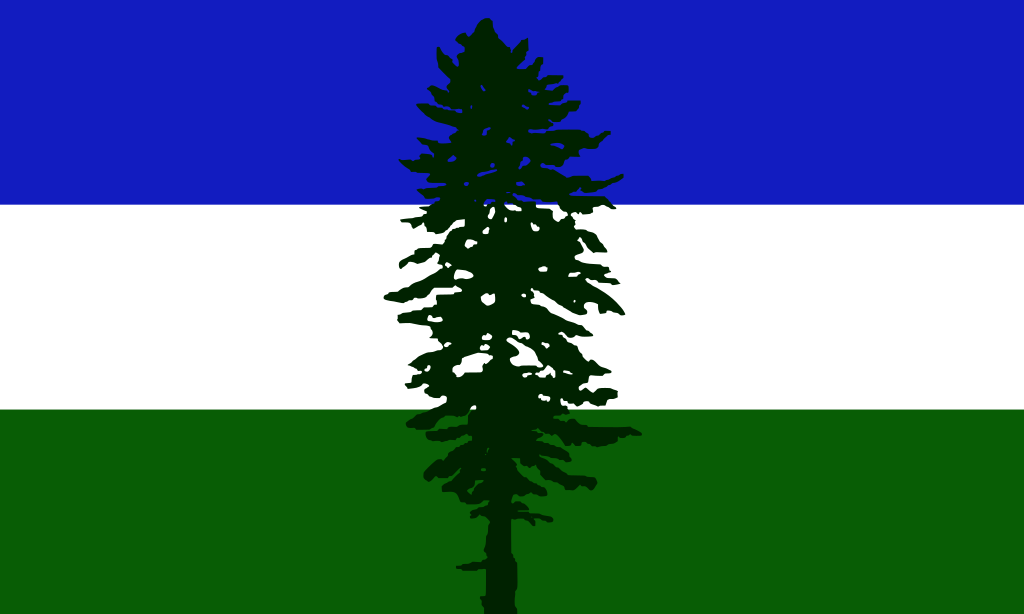The image is from a Washington Post article which took the data from an interesting research paper titled Who Pays For Your Rewards? Redistribution in the Credit Card Market.
The research paper is a good read. (A free PDF of the whole paper is available at the link.) It examines how the use of rewards credit cards results in a massive wealth transfer from low-credit-score customers to high-credit-score customers:
We estimate an aggregate annual redistribution of $15 billion from less to more educated, poorer to richer, and high to low minority areas, widening existing disparities.
The Washington Post article attempts to frame the clear north-south split as a result of healthcare issues in the south. That explanation seems too narrow to me. This map looks too similar to maps of poverty and education, and we know health correlates strongly with both of those issues.
Edit to fix a sentence fragment. Sorry; it was late and I was tired.

So most of the time I struggle to identify purple as a colour that is distinct from blue. I think the biggest thing to help anyone see it would be the contrast in values, ie use a light bright red and a deep dark blue as the extreme values so that even someone with monochrome vision could see the difference. This is all just a guess though, when I struggle the most is with dark and desaturated colours where there just isn’t a ton of information. With bright colours in good lighting telling purple from blue or bright green from yellow gets a lot easier.
Eta: there are a bunch of colour blind filters you can do on the computer, you could run your images through those to see what looks best
Thanks for your insights! I am not aware of people having monochrome vision though, is that a thing? I use a single-color scale when that is appropriate. But use blue and red often for positive and negative values respectively. No purple. Just shades of blue and shades of red.
It’s very rare.